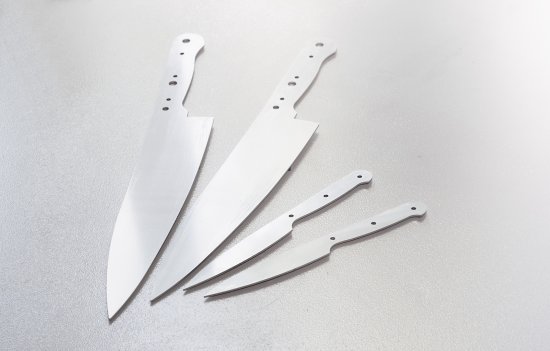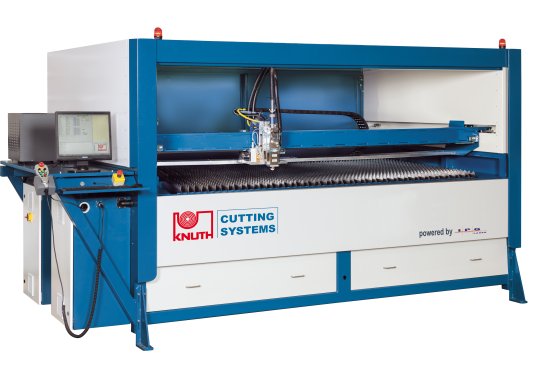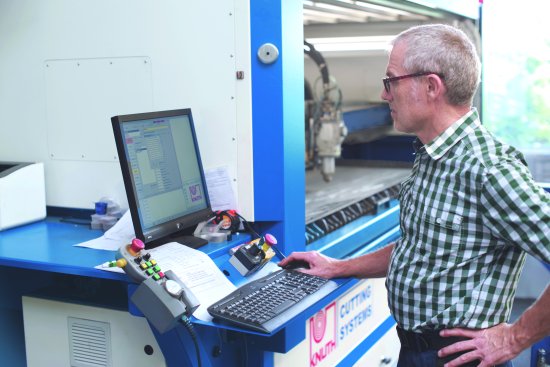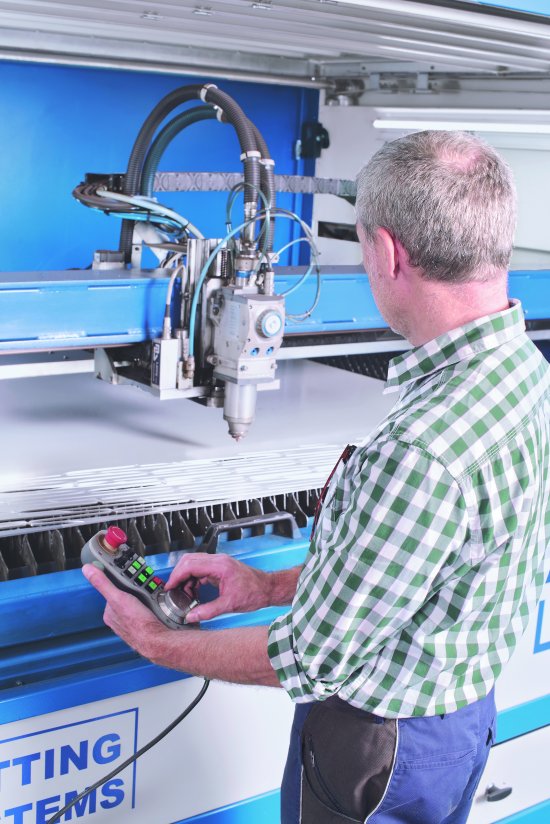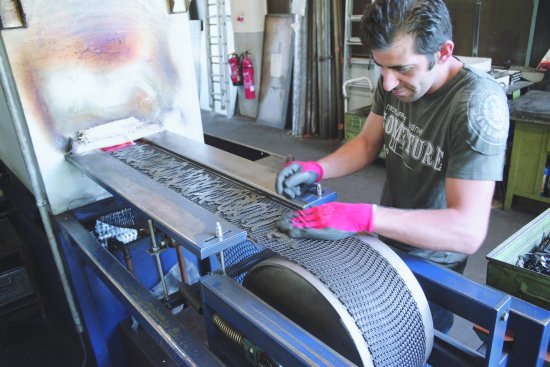Full Power in a Small Package
Whether a stylish collector’s item or functional knife – the quality always must be the best, and customers have become increasingly discerning. The grinding operations that source their blanks from C. & E. Rauh also use modern CNC machines for production that tolerate only minimal component deviations. The parts must be exact to within 100 micrometers, so they can be further processed. At the age of 56, William Walz had to make a tough decision: Should he continue as is and slowly let the business come to an end, or should he invest in laser technology, even though he was not sure if his children would be interested in taking over the business in the future. He researched the option and requested quotes from several suppliers. “Due to our limited space, we could only fit in a small machine, but performance and price would have to be just right,” explained Walz. Additionally, the laser system had to be user-friendly and easy to handle. “We had a great connection with KNUTH right from the start,” said Walz. “Laser technology was a totally new area for us, but Tobias Hamann answered all our questions and also visited us on site several times. Having him as a contact also assured us that we would get good support, should we need it in the future.” Walz felt that he could completely rely on the extensive and competent advice, especially in regards to the performance.

